VHO - On January 3, the leader of the Department of Culture, Sports and Tourism of Dak Nong province said that the Dak Son lithophone set, which is about 3,500 years old, has just been recognized as a national treasure by the Prime Minister. This is a great joy and pride for the Department of Culture, the government and the people of Dak Nong province.

Previously, Decision No. 1712/QD-TTg dated December 31, 2024 of the Prime Minister recognized 33 national treasures (batch 13, 2024), including the Dak Son Lithophone set currently kept at the Dak Nong Provincial Museum.
According to the Department of Culture, Sports and Tourism of Dak Nong province, the Dak Son lithophone set discovered in Dak Son village, Nam Xuan commune, Krong No district, Dak Nong province consists of 16 bars, of which 11 are intact, 5 are nearly intact (4 bars are broken in half and 1 bar is broken in three), but can still be attached, pieced together in their original form and are qualified to study the type of crafting technique, perform measurements of weight, length, width and thickness.
According to scientists , the Dak Son Lithophone dates back about 3,500 - 3,000 years ago.
This lithophone is made from Rhyolite (metamorphosed schist), a raw material for making lithophones that is often discovered and researched in the Central Highlands and Southeast regions.
Research results on the size and weight of each stone bar in the collection show that the Dak Son lithophone bars have an average length of 50cm - 55cm, of which the longest stone bar is 81cm, the shortest stone bar is 32cm; the average width of the bars is about 9.5cm - 10cm; the average thickness is 2.5cm; the average weight is 3.5kg.
The lithophone bars are all made from Rhyolite (metamorphosed schist). When tapped with a hard object with a certain force, they produce a clear, resonant sound with a crisp, clear timbre. The pitch of each stone bar varies.
In addition, on the surface of the stone bars, the outer layer (the patina layer formed from the weathering process) is quite similar in color, ash gray, yellow gray, inside the stone core (observing the broken, chipped bars) is black like horn, on the stone surface there are places where the straight diagonal grain or quite flat surfaces are exposed, at the same time, examining the stone cores, it can be noted that the stone structure is not loose like primary schist but is a fairly tight schist, which is a metamorphic phenomenon caused by geophysical impacts and is identified by scientists as "metamorphic schist" (Schiste Métamorphique).
Based on the results of research, analysis based on geometry, measurement of indicators and sound frequency results at the KCS room (Factory Z755, Ho Chi Minh City) and scientists directly researching and appraising the Dak Son Lithophone archaeology of Dak Nong Museum (according to Decision No. 158a/QD-VKHXHVNB, dated July 28, 2016 of the Southern Institute of Social Sciences), it is possible to divide 16 artifacts in the Dak Son Lithophone collection into 3 separate groups and 2 odd bars are not classified into the above 3 groups.
Source: https://baovanhoa.vn/van-hoa/dan-da-dak-son-3500-nam-tuoi-duoc-cong-nhan-la-bao-vat-quoc-gia-117724.html






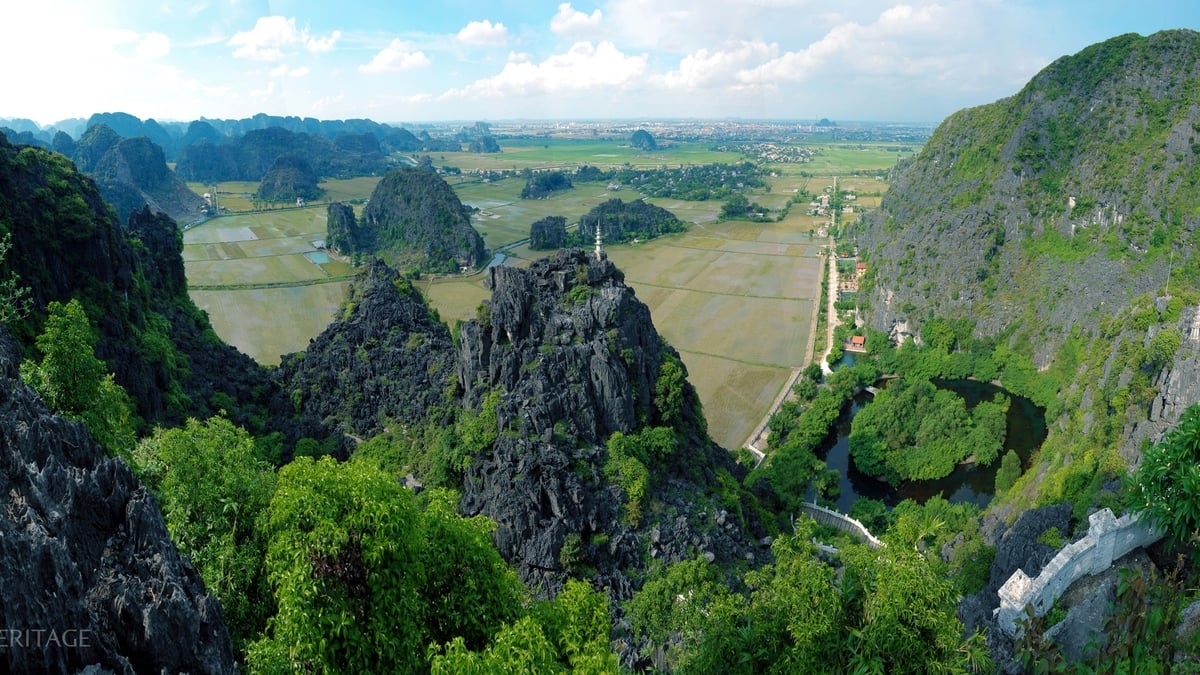
![[Photo] Prime Minister Pham Minh Chinh chairs a meeting on the implementation of the Lao Cai-Hanoi-Hai Phong railway project.](https://vphoto.vietnam.vn/thumb/1200x675/vietnam/resource/IMAGE/2025/5/20/0fa4c9864f63456ebc0eb504c09c7e26)
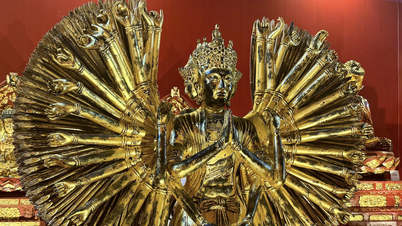

















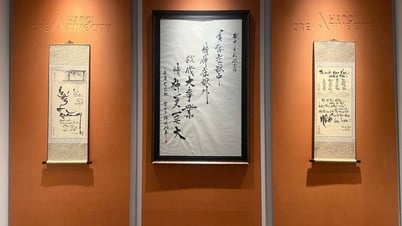



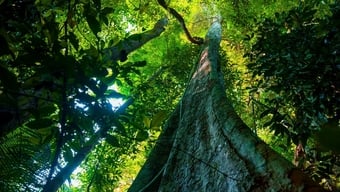

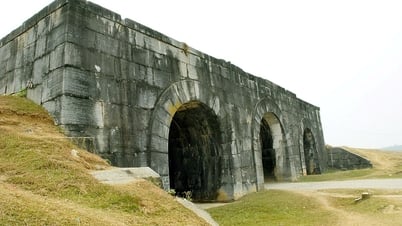
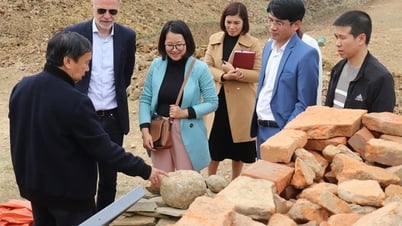

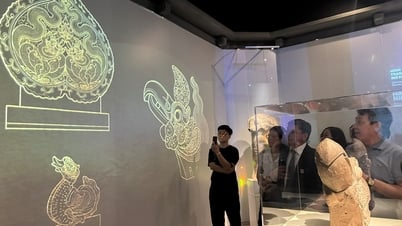

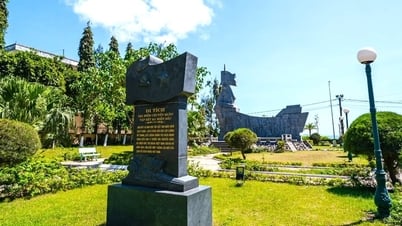











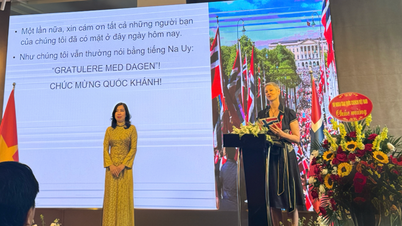



















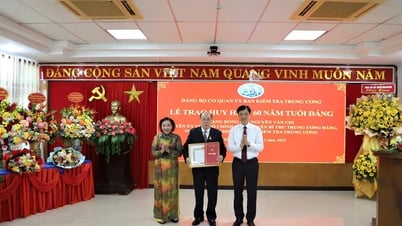











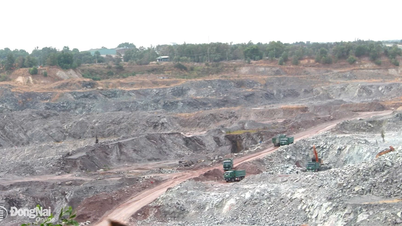




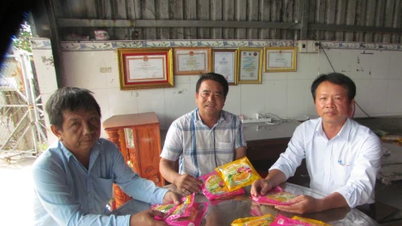







Comment (0)